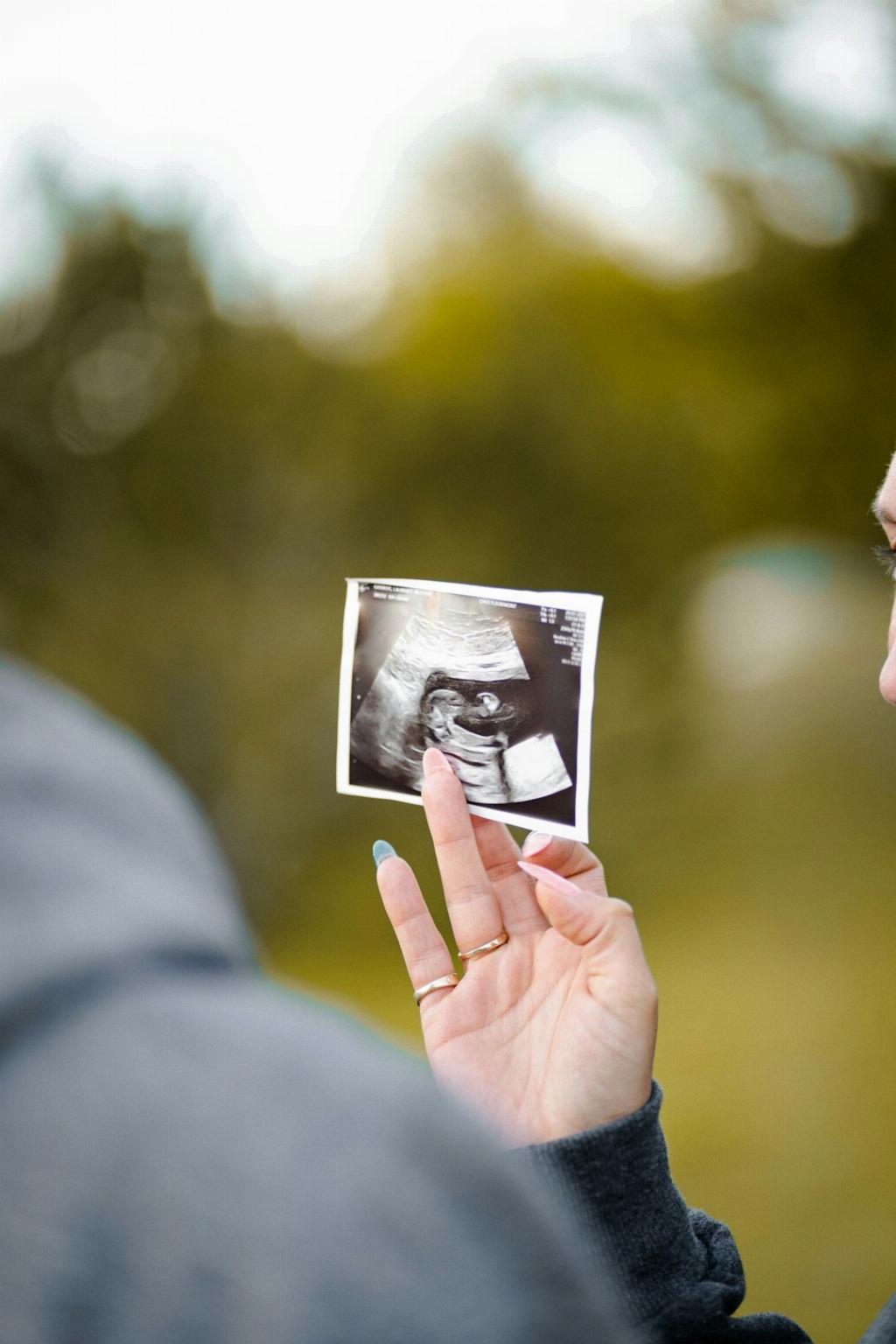When it comes to the question of whether a 2-month pregnancy can be detected on an ultrasound, it’s essential to understand how ultrasounds work during pregnancy. Pregnancy care providers typically use ultrasounds to monitor the development of the fetus and ensure its health.
The Timing of Ultrasounds
It’s important to note that pregnancy ultrasound scans can detect an embryo as early as six weeks into the pregnancy. However, the embryo develops into a fetus around the eighth week of pregnancy. Therefore, by the second month of pregnancy, it is indeed possible to see the fetus on an ultrasound scan.
Fetal Heart Rate and Detection
During an ultrasound scan, one crucial aspect that healthcare providers look for is the fetal heart rate. By the eighth week of pregnancy, it’s generally possible to detect a fetal heart rate on an ultrasound. However, if the dating of the pregnancy based on the last menstrual period is inaccurate, it may be too early to detect the fetal heart rate at the 2-month mark.
Factors Affecting Ultrasound Visibility
Several factors can affect the visibility of a pregnancy on an ultrasound scan at the 2-month mark. These factors include the position of the uterus, the experience of the ultrasound technician, and the quality of the ultrasound equipment being used.
Accuracy of Ultrasound Dating
It’s crucial to remember that ultrasound dating is an estimation based on the measurements of the fetus. While ultrasounds are valuable in assessing the gestational age of the fetus, there can be a margin of error in the dating, particularly in the early stages of pregnancy.
Follow-Up Ultrasounds
For individuals who may not be able to see a clear image of the fetus during the 2-month ultrasound scan, healthcare providers may recommend follow-up ultrasounds to monitor the progress of the pregnancy and ensure the well-being of the fetus.
Emotional Aspect of Ultrasound
Ultrasound scans play a significant role not only in monitoring the health of the fetus but also in bonding with the unborn baby. For many expectant parents, seeing the fetus on an ultrasound screen can be a memorable and emotional experience.
Importance of Prenatal Care
Regular prenatal care, including ultrasound scans, is crucial for ensuring a healthy pregnancy. These scans help healthcare providers monitor the growth and development of the fetus, identify any potential issues early on, and provide appropriate care and guidance.
Consulting with Healthcare Providers
If you have concerns about the visibility of your pregnancy on an ultrasound or any other aspect of your prenatal care, it’s essential to communicate openly with your healthcare provider. They can address your questions and provide the necessary support and guidance throughout your pregnancy journey.
Preparation for Ultrasound Scans
Before an ultrasound scan, it’s recommended to follow any specific instructions provided by your healthcare provider, such as drinking water to have a full bladder for better imaging. Being prepared and informed can help ensure a successful and informative ultrasound experience.
Enjoying the Ultrasound Experience
While the primary purpose of an ultrasound scan is to monitor the health and development of the fetus, it can also be a joyous moment for expectant parents. Take the opportunity to cherish the experience of seeing your baby on the screen and creating lasting memories during this special time.
Conclusion
In conclusion, a 2-month pregnancy can indeed be visible on an ultrasound scan, typically showing the development of the fetus at this stage. It’s essential to trust the expertise of your healthcare provider, follow their guidance, and embrace the ultrasound experience as part of the journey to welcoming your new addition to the family.

